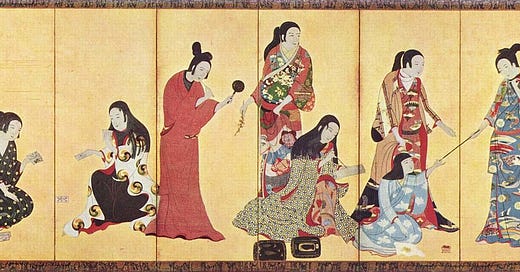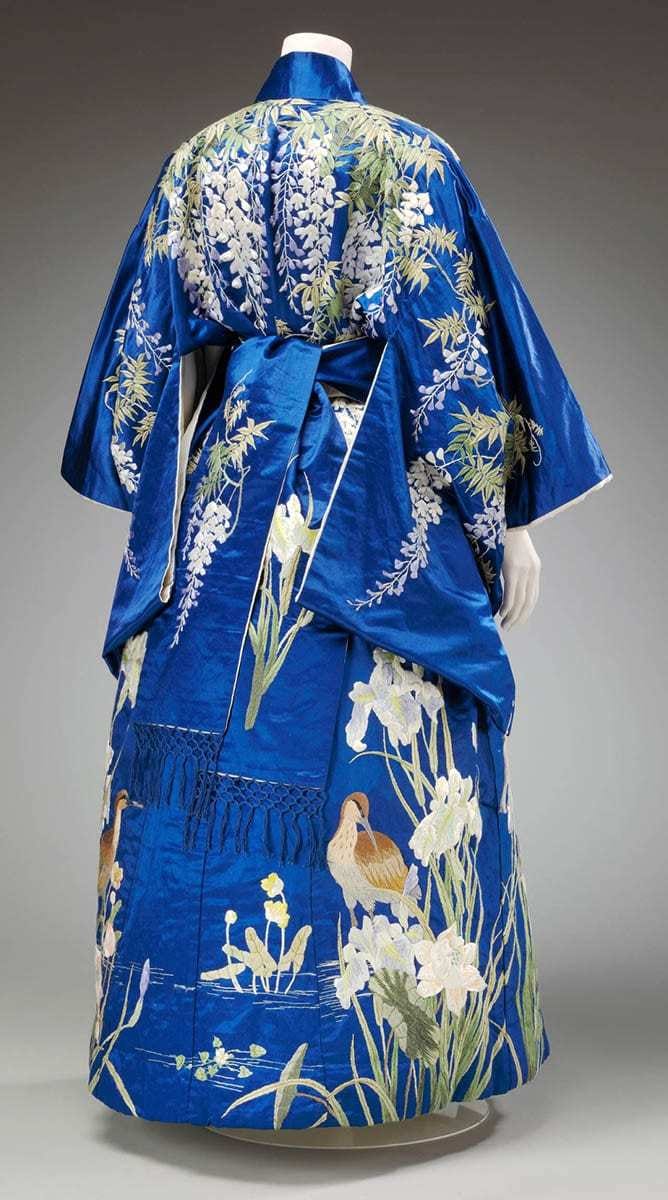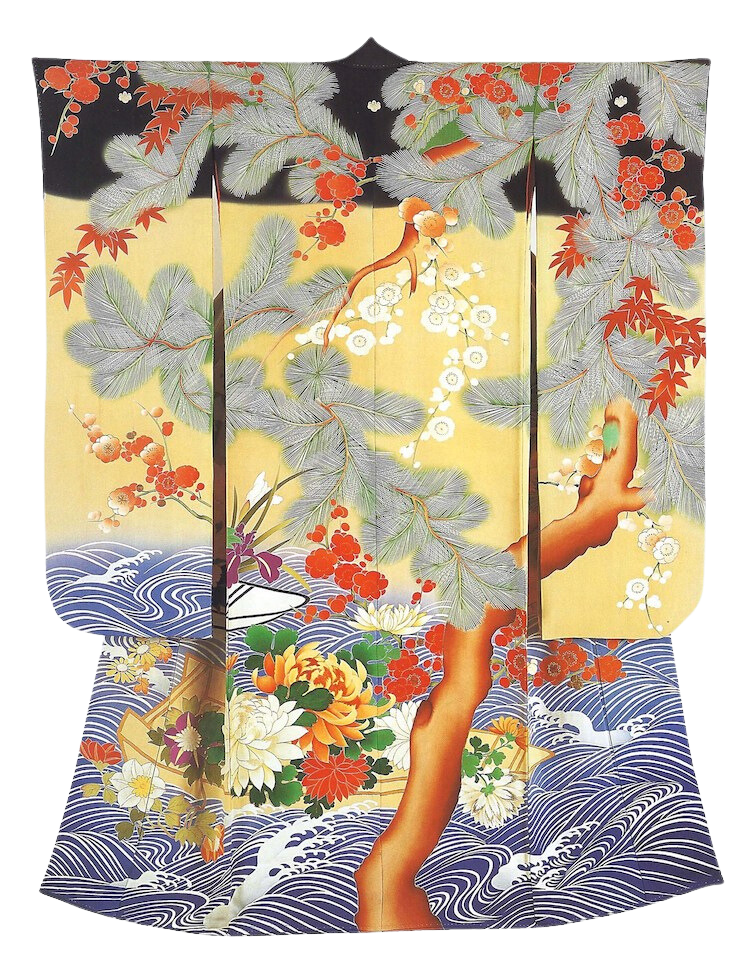Why is the Kimono a Time-Honored Garment in Japanese Culture?
Memoirs of a Geisha is one of my favourite movies. It has everything a good movie needs to have. From eyegasmic cinematography that makes me want to grab my crappy Sony camera and drive to the woods, a very emotional plot and finally, my undying love for the kimono and anything Japanese in general.
The kimono is just pretty.
There are some styles that exude elegance, some that exude culture and heritage and some that are just plain beautiful to look at.
That’s not to say that the kimono is not elegant or historically important, quite the opposite really. Maybe it’s because we grew up on Shaolin movies or maybe it’s because of its simplicity, but there is something oddly enchanting about a kimono.
And finally, the beauty of a kimono comes from how versatile it was. There were kimonos which portrayed wealth and status, there were kimonos that were the premiere showcase of craftmanship and there were kimonos which were pretty just in their simplicity and practicality.
I am written about and researched deeply about Victorian fashion, and now I see the differences. Where oversized ruffs and corsets amplified extravagance, kimonos embraced simplicity, a graceful elegance in contrast.
THE KOSODE
The kosode is the precursor to the kimono. The Edo period in Japan was highly stratified. Stratified basically means that there was a pretty strict and regimental social hierarchy.
And like always, your clothes told everyone who and what you were. The poorer classes wore their kosodes until there was nothing left to wear, but the people higher up on the ladder stored and preserved their kosodes. They were the ones who commissioned and wore beautiful patterns, fabrics and designs.
This also adds to the appeal of the kosode and the kimono by extension. A great many fashion trends from the corset to the extravagant ballgown have their history written entirely by the upper classes, with no representation of the masses. That is not the case for the kimono.
The kosode and the kimono hold a unique appeal in the world of fashion due to their inclusive history.
MOTIFS
Patterns and symbols were used to indicate a lot of things. Primarily status, personality and virtues.
For example, the iconic cherry blossoms were first commissioned because they stood as a symbol of femininity. Apart from those, nature-inspired motifs like birds, woods and leaves were also widespread.
Speaking of cherry blossoms, growing up I always thought they were purely something out of an artist’s mind and could not exist in real life. Their surreal and almost otherworldly beauty seemed too extraordinary to be part of the natural world.
They look like something out of a Ghibli painting.
THE HEIAN PERIOD (794-1192 AD)
The very first kimono designs were first introduced during the Heian period. During this era, these designs were simple, minimal and adaptable.
Kimonos were created to work with any body shape, with any weather and for every tier of society.
I keep looping back to this because I cannot stop emphasising this. Kimonos were beautiful because they were the mainstay. Because they weren’t restricted in any way.
THE EDO PERIOD (1603-1868)
The Edo era is significant in Japanese history. And this is for a few reasons. It was a time marked with people not killing each other constantly aka political stability, of urban development when houses, shops and temples boome- flourished and gained popularity.
And lastly, it was in the Edo era when the kimono evolved into the kosode. While the kimono has t-shirt-style sleeves, the sleeves of the kosode were typically sewn to the body entirely and often featured heavily rounded outer edges.
It was in the Edo period when the kimono truly gained popularity and became the symbol of Japanese Culture.
WRAPPING UP
The kimono is just beautiful. it’s both simple, owing to its straightforward silhouette, and complex, owing to the many patterns and ornamentations. It remains a symbol of Japanese culture and its people.







